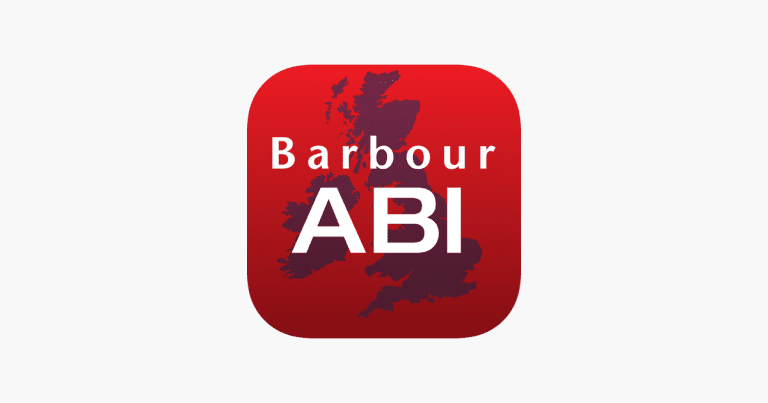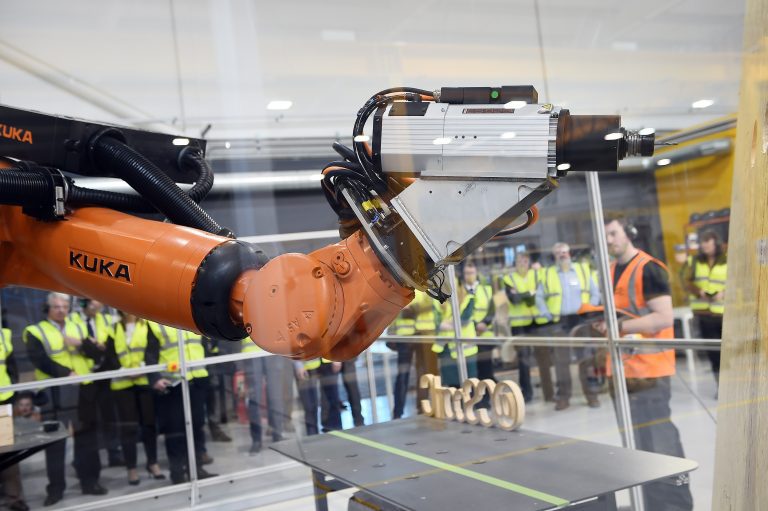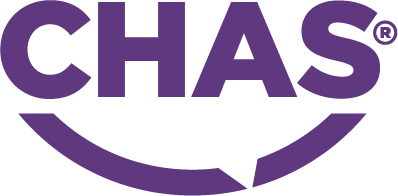By Samson Sahmland-Bowling So far, the first half of 2020 has felt like six years, not six months. Every new month seems to bring with it global challenges and the threat of coronavirus still looms. The knock-on effect of Covid-19 has been significant, with the FTSE100 losing nearly a quarter of its value in late March ─ the biggest drop in history. The global economic slowdown has dramatically increased unemployment and experts predict negative growth over the year. What’s more, a survey from McKinsey shows that 52% of respondents expect the state of the global economy to decline further over the next six months. However, while the road to recovery may be bumpy, the global economy will recover. Post-Covid, governments will be looking to rebuild their economies through targeted investment. As a founder looking to launch or grow your business, timing will be essential. Launch at the right time with the right support and you stand to grow rapidly in the wake of the post-coronavirus frenzy. And the best way to position yourself to ride this wave is to begin working with governments now. Onboarding a national government as a customer or partner, however, can be a tricky and time-consuming process. Having forged some strong government connections in Zambia before the crisis, I have some experience as to what it takes to onboard a government. Post-coronavirus, this close relationship with the Zambian government will help Open Energy Labs grow our educational programme across the country, helping the local economy to recover at the same time. Here are a few tips from my experience… 1. Develop good local contacts There seems to be a tendency of businesses from developed nations to assume that they have all the answers, technology, and other resources to solve challenges in other regions. This neo-colonial perspective often ends up alienating the local population and making the local government dependent on foreign business, investment and aid. Developing good local contacts at the outset of your business venture can help with both market penetration and product development. They will know what local resources are available, what solutions might work well for local people, and can steer your product design and marketing in the right direction. When starting Open Energy Labs, for example, we found that the key issue was powering remote rural areas. These areas are hard to reach, making installation and maintenance of energy infrastructure exceptionally difficult. Working with local contacts and the Zambian government, we developed an affordable educational kit that can be used to teach people how to build their own renewable energy resources. Not only will this help rapidly roll out energy infrastructure across rural Zambia, but it also empowers local people. One of the best ways of connecting with good local contacts is through local organisations. There are great organisations like JETS in Zambia and YSK in Kenya, for example, that promote young technologists. These young and ambitious people, who already have connections to the government, are exactly the type of people you want on board. Try and get to one of the organisation’s exhibitions (often held in the summer months) to meet, greet and hire the top upcoming talent. 2. Match against local initiatives One of the primary reasons to onboard a government is their huge budgets. National initiatives are assigned large amounts of funding, even in developing regions, providing an excellent opportunity to the right company to grow. However, governments expect a return on their investment. Access to reliable sources of electricity, for example, improves the economy, health, education, and many other parts of life. Not only is it, therefore, very popular, but it will also positively impact on government funds and the efficacy of spending in other areas. By finding governments with initiatives in the same field as your business and aligning your product/solution to those initiatives will position your business as their ideal partner. The support you will receive from those governments, aside from financial, will be invaluable in helping you grow and provide a powerful ally in your development. 3. Use local businesses Whether North American, European or African, every government prefers companies to use in-country resources and talent. Developing nations are particularly wary of relying on foreign resources, staff or investment as these things often end up extracting wealth from the country. Profit from resources disappears overseas, foreign staff spend most of their earnings in their home country, and dividends on investment are rarely reinvested. Utilising local businesses, however, not only helps keep profits within the local economy but it also ensures that products can be effectively built, used and repaired locally. This demonstrates that you take a long-term view of your business in the region and are committed to empowering the local community. 4. Train local people Longevity is key when it comes to government contracts. National development initiatives are rarely short-term projects and government departments will need to feel confident in both your ability and commitment to achieve long-term goals. Besides using local businesses wherever possible, another way to ensure longevity is to train local people to build/manage/maintain your business and products/services. By employing local people, more profit is kept within the country, improving the local economy. They earn, spend and pay tax all within their own country, rather than offshoring the majority of their salaries. Training may also open up other avenues for funding. Since the late-1990s, governments around the world have realised the need to retrain people for more skilled, technical roles. As such, they will have budgets and initiatives dedicated to retraining the population that you may be able to tap into. The common thread that runs through all of these tips is simply: look for mutually beneficial opportunities. While these opportunities may take more time and hard work to develop, the long-term benefits can be incredible. Supporting a nation to develop its own resources in an organic way by training and developing local talent is more than just a feel-good project ─ it’s also a savvy business strategy.











